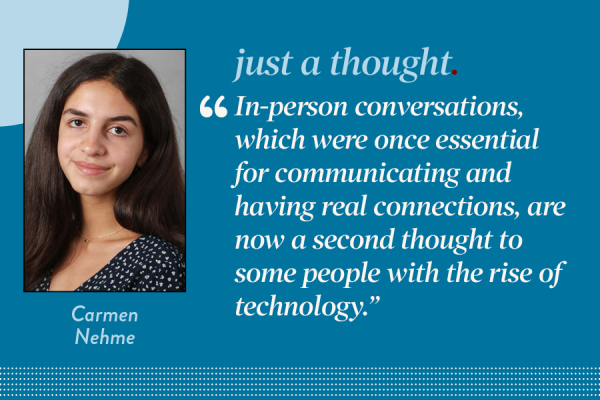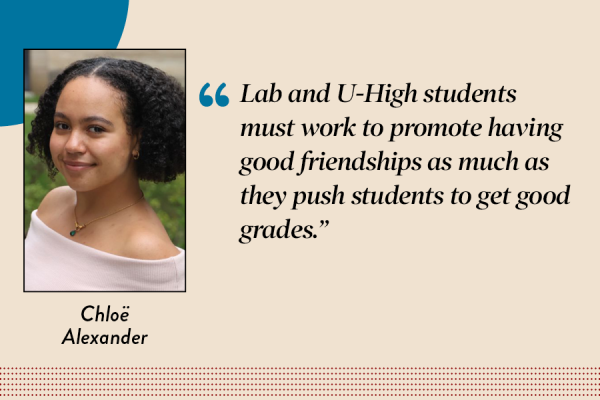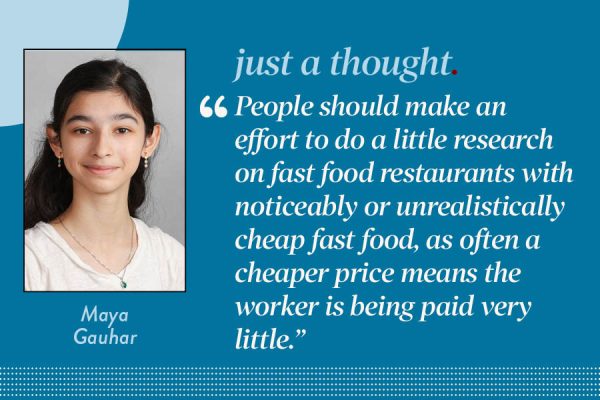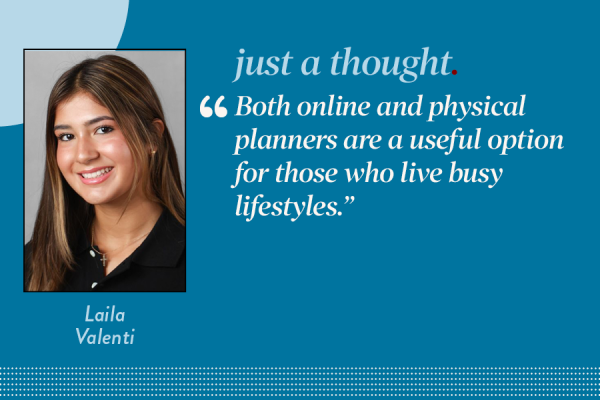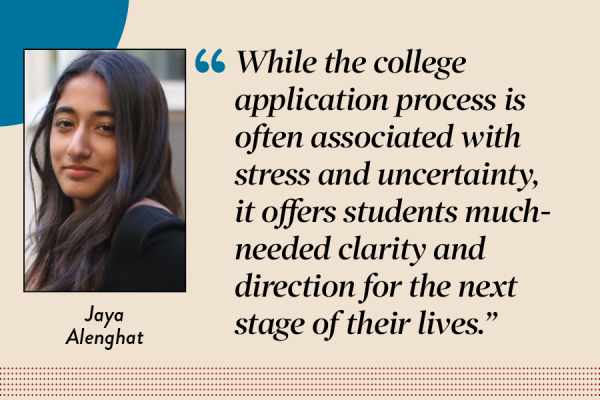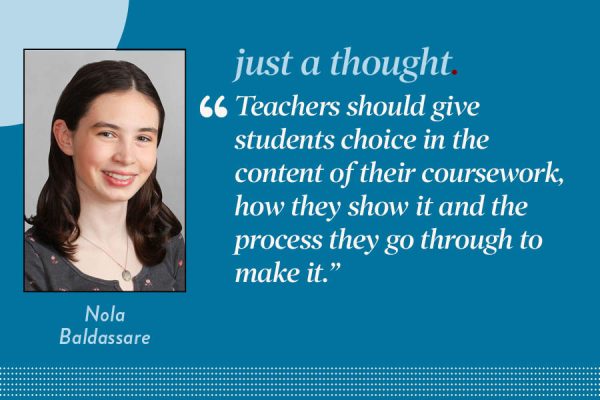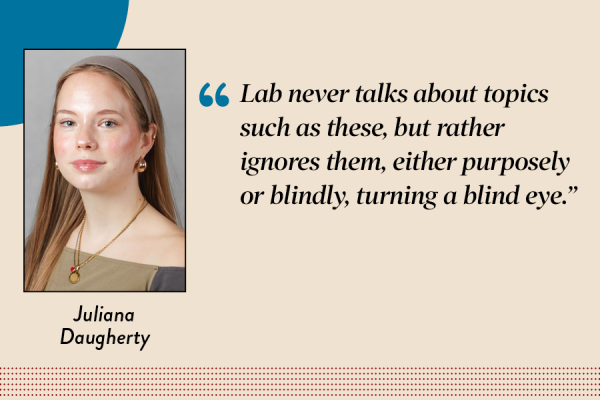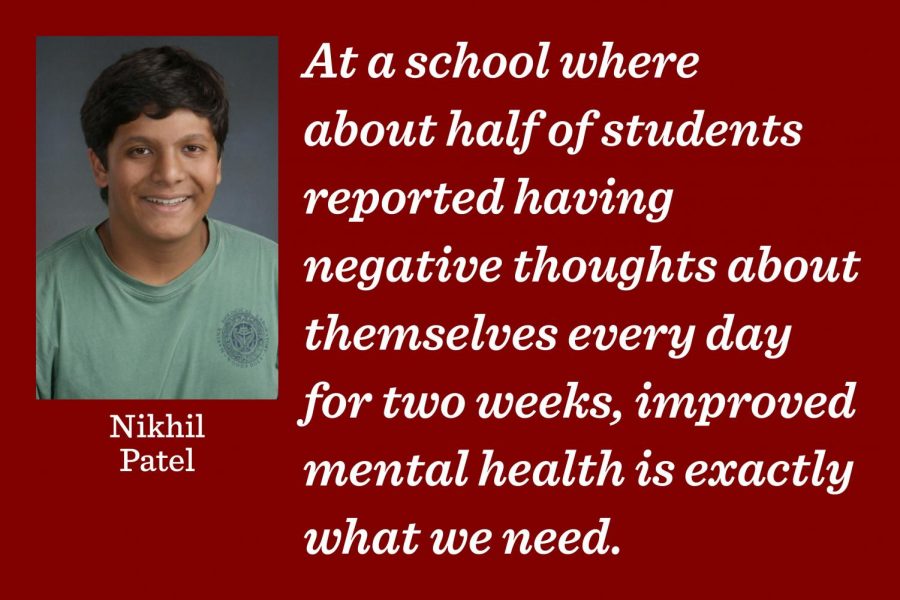Put down your screen — you’ll sleep better and be happier
Other columns
Taking a break from working on an essay, a student scrolls through Facebook on their phone. Feeling a buzz from their smartwatch, they begin to take deep breaths while sending text messages from their computer. Surrounded by screens, students can miss the impact of this technology on their lives. Push notifications on smartphones release a Pavlovian surge of dopamine, while social media sites like Facebook and Instagram are designed to make you lose track of time. The opportunity to switch tasks on computers is proving detrimental to focus, while blue light can severely disrupt your sleep.
As more is revealed about the addictive and damaging natures of excessive use of computers, it’s time to get serious about monitoring our screen time. In light of these detriments, it is important to make sure that we get enough time to rest, relax and unplug.
At Lab, in last spring’s health and wellness survey, students indicated using their computer for about three hours unrelated to schoolwork and about three and a half hours for their homework. This means most students are using their screens from after school until around midnight, the time when “blue light” begins to take its toll.
“Blue light,” or UV radiation, is a high-energy wave emitted by sunlight, light bulbs and, yes, our computers. At night, the stimulative effects of blue light have a deeply detrimental effect on sleep. According to an article published by Harvard Medical School, blue light has a pronounced effect on circadian rhythms, the body’s internal clock. Blue light can affect your sleep up to six hours after you close your screen. For students who use a computer until midnight, that means getting only about an hour of unaltered sleep.
In addition, studies from as early as 2003 have proven a link between computers and severe mental health issues. According to a study by the American Journal of Medicine, workers who sat in front of a computer for five or more hours a day had a much higher incidence rate of anxiety, depression and insomnia. And, according to a study published by MIT’s Sloan Management Review, most of the students who were asked to give up their computer and phone for a day felt at least one or more traditional symptom of anxiety. According to this same study, suicidal thoughts almost double in teenagers with five or more hours of screen time compared to teenagers with only one.
After a hard day, the only thing you may want to do is watch Netflix or read an iBook, but “unplugging” can be great for mental health. And, at a school where about half of students reported having negative thoughts about themselves every day for two weeks, improved mental health is exactly what we need.
Besides entertainment, school work is the other major culprit leading to excessive screen time. The main source of student computer usage is online exercises, papers, outlines, rewrites and presentations. Individually, these assignments don’t amount to much screen time, but the cumulative effect can literally rewire brains of developing minds, according to the Radiological Society of North America. For students, it’s important to make the extra effort and do homework offline when you can. Research that can be done in a library should be, and worksheets should be printed out. For teachers, it is important to be aware of the effects of screens and assign less computer-based homework.
If teachers don’t help students to start reducing our screen time now, those six hours a day the average Lab students spend in front of a screen will end up having major repercussions that don’t only affect our high-school career, but our entire lives.




















































